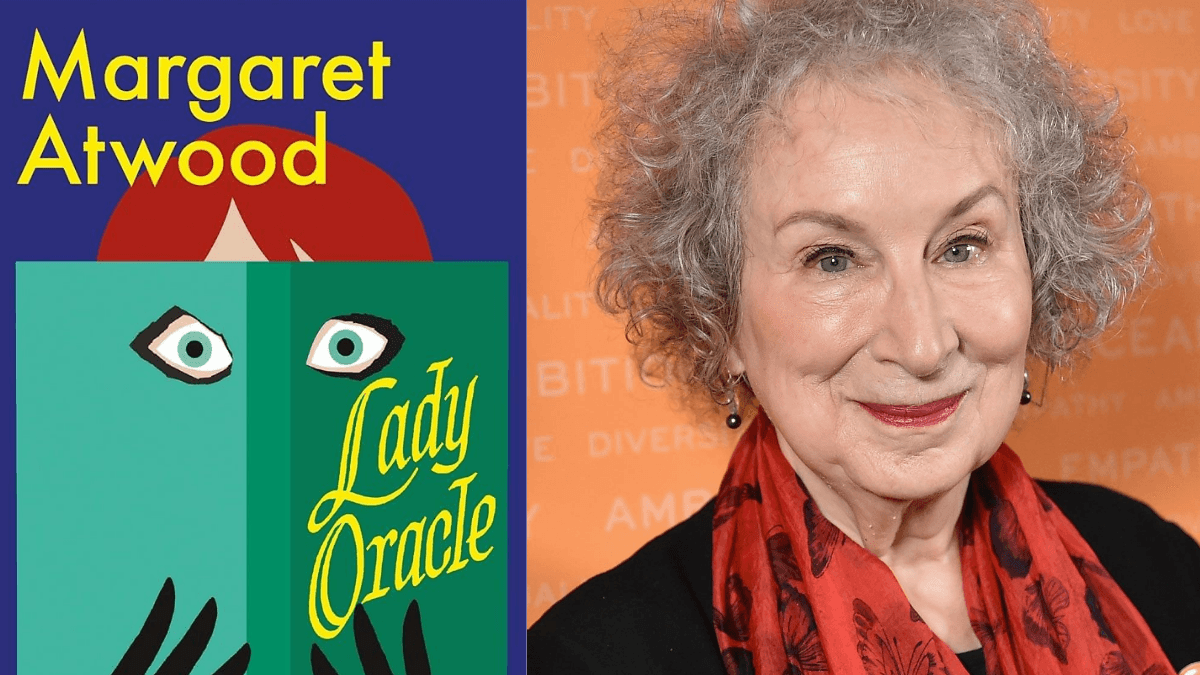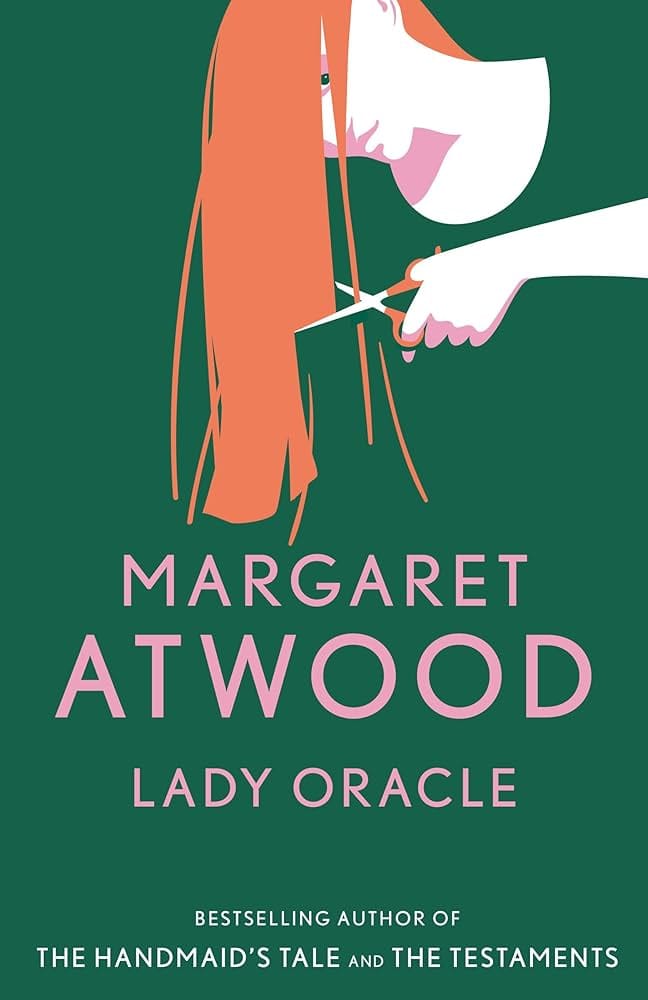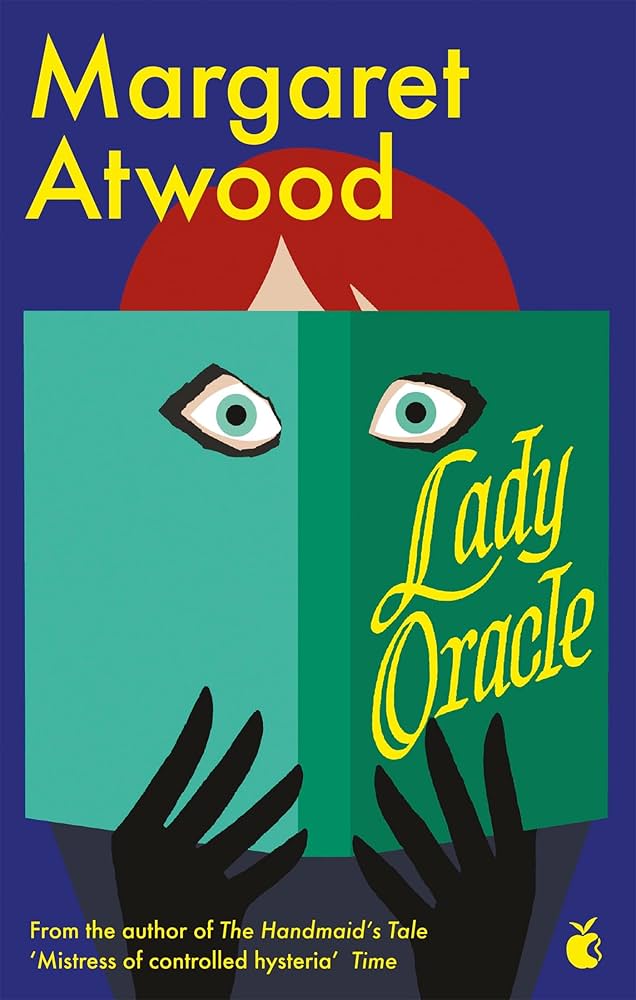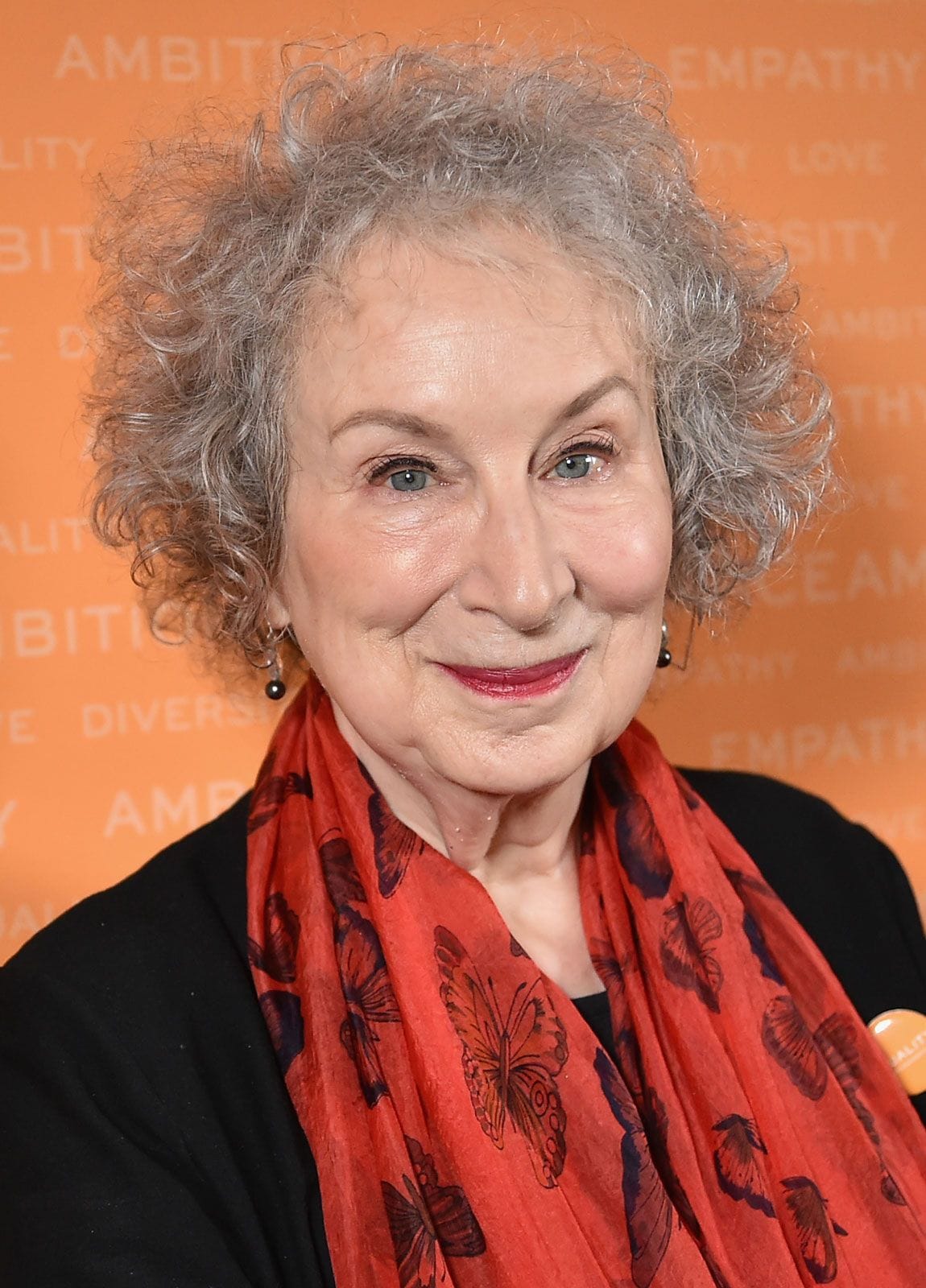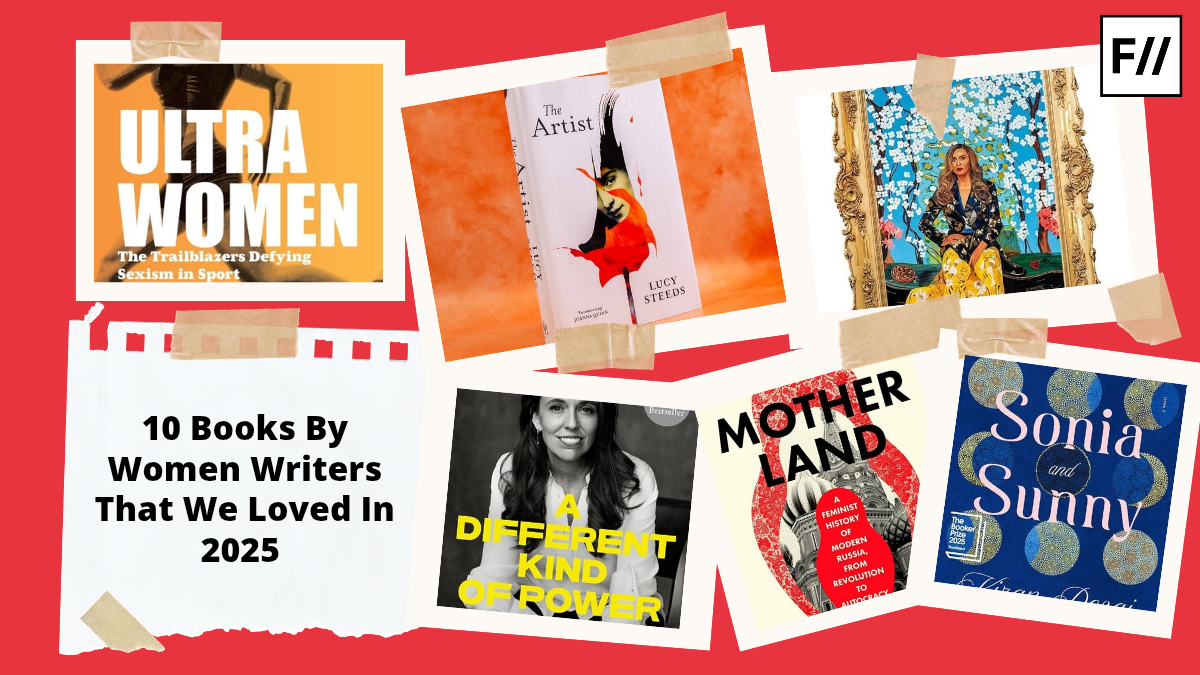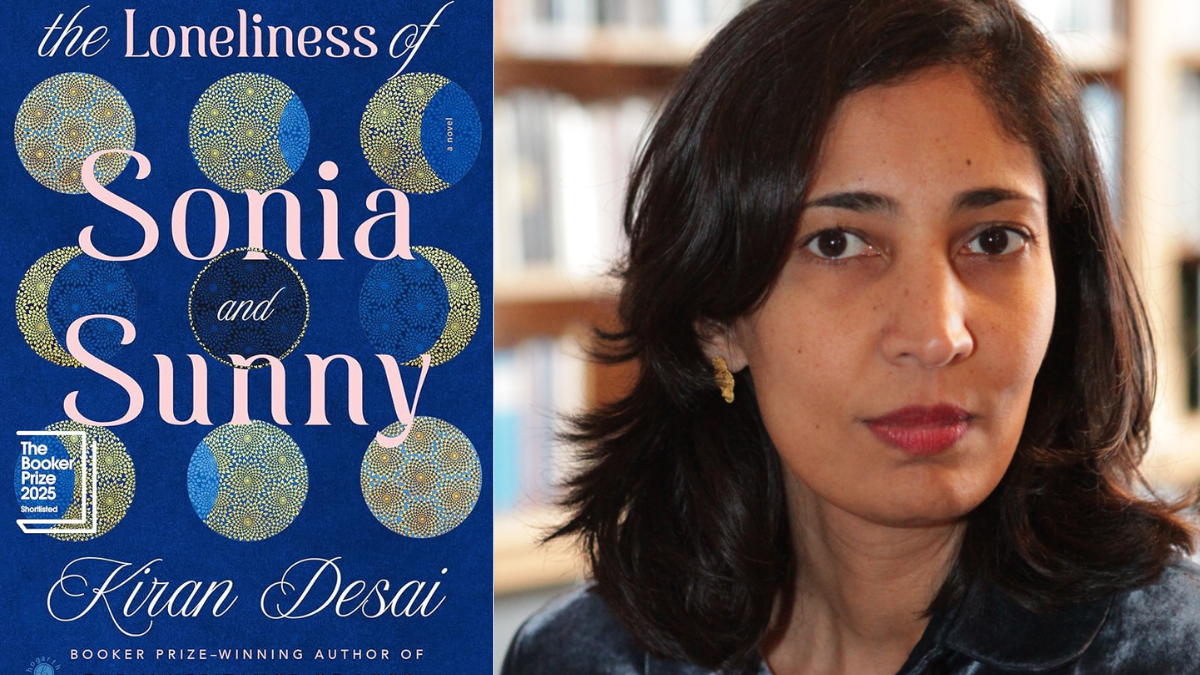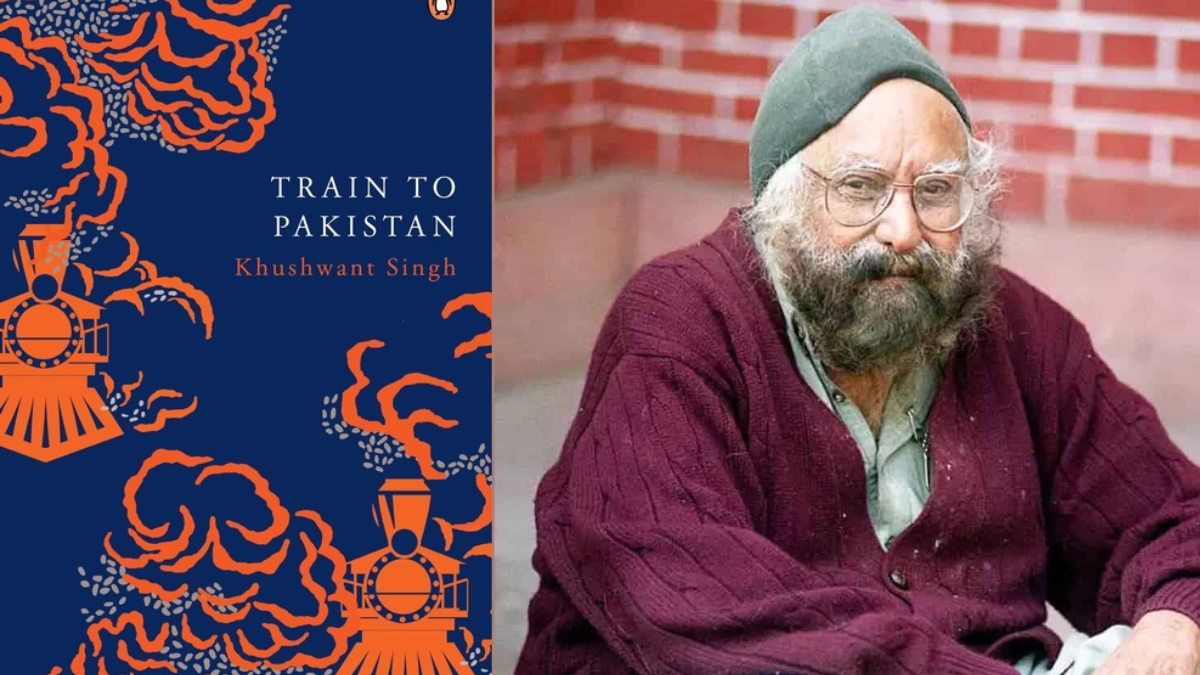Every woman, at some point, finds herself in a profound quest for identity and self-understanding and struggles to define herself in a world informed by neatly divided archetypes for women. Having never fully fit into the phallocentric definitions of identity imposed upon them—definitions that have positioned them as the Other, stripped them of their complexities—there is a profound dissonance around questions of identity and meaning. Lady Oracle by Margaret Atwood discusses this very dissonance of identity in women.
Hélène Cixous critiques the role of popular media and literature in reinforcing these phallocentric constructs, arguing that language has been a central tool in defining women primarily in relation to men. In response, Cixous proposes écriture féminine—women’s writing—as a radical means of resistance. This mode of expression defies the constraints of linear, rational, and masculine language, offering women a way to articulate their subjectivity on their own terms.
‘I planned my death carefully, unlike my life, which meandered along from one thing to another, despite my feeble attempts to control it.’
The very beginning lines of Lady Oracle by Margaret Atwood depict the tension between chaos and control, showing the protagonist Joan’s escape from such control which sets the stage for her many non-linear identities.
At the outset, Joan intimates readers with her multiple identities and throughout the book refuses to reconcile with any one of them. We don’t know who Joan is at the beginning of the book and we don’t know who she is by the end of the book. The narrative progresses in non-linear directions jumping into Joan’s past, her present and her representing her fragmented sense of self.
Further, the narrative of Lady Oracle alternates between her story and the story of Joan’s own character. Joan is a gothic fiction novel writer. As a result the novel is written in a manner that parodies the gothic fiction style. However the novel itself is not restricted to a particular style but follows a hodge podge of several writing styles, thus subverting the idea of fixed genres itself. The multiplicity is thus reflected in her writing as well. She maintains dual writing careers: crafting gothic romances while also producing feminist poetry.
The fragmented self and the quest for identity in Lady Oracle
At its core, Lady Oracle portrays a woman’s challenging journey to discover her authentic self within a society that demands conformity to rigid gender roles. Joan has had a multiplicity of experiences in her life and as a result experiences fragmented identities. The multiple identities she assumes ranges from an overweight child rejected by her mother, a romance novelist writing under a pseudonym, a poet suddenly famous for her feminist work, a secretly unfaithful wife, and ultimately, a woman who fakes her own death to escape her complicated life. Clearly Joan flows from one identity into another never able to reconcile with any one of them.
Clearly Joan flows from one identity into another never able to reconcile with any one of them.
Like many other women, her identity is never static, frozen into a timeless archetype but always changing with experience.
The female body as the patriarchal battleground
Joan’s relationship with her body is central to Lady Oracle’s critique of patriarchy. From childhood, her mother tries to mold her into an “ideal” woman–thin, attractive, and socially acceptable–reflecting society’s obsession with female appearance. Joan’s resistance manifests through overeating, which she uses as a weapon against her mother’s control.
‘I swelled visibly, relentlessly, before her very eyes, I rose like dough, my body advanced inch by inch towards her across the dining-room table, in this at least I was undefeated.‘
Her obesity becomes both a rebellion and a shield, a ‘magic cloak of blubber and invisibility‘, allowing her to evade the sexual attention and social control imposed by men. The consumption and end use of the female body in the patriarchal society is well depicted:
‘…”I like being fat” and she bursts into tears. He smiles benevolently and asks her “Don’t you want to get married?”‘
When Joan eventually loses weight, she experiences a profound identity crisis. Her sudden conformity to society’s beauty standards creates a disconnect between her past and present selves.
When Joan eventually loses weight, she experiences a profound identity crisis. Her sudden conformity to society’s beauty standards creates a disconnect between her past and present selves. This physical transformation does not resolve her inner conflicts but intensifies them, demonstrating how deeply body image is connected to one’s sense of self just as she expresses the desire to return to her old self.
Women and solidarity
Lady Oracle depicts the power dynamics and conflicts produced among women in a gendered society. Throughout the story, Joan’s mother is an active agent in her struggle with weight. She acts as a cultural agent, transmitting patriarchal stereotypes and expectations to her daughter. The perpetuation of femininity and female worth by her mother and Joan’s continual failure to meet them leads to conflict and internal fragmentation which remains unresolved throughout the book.
Misogyny and internalisation in Lady Oracle
The narrative of Lady Oracle depicts the romanticisation and internalisation of patriarchal norms through depicting Joan’s relationship with men throughout her life. From childhood, Joan is pressured to fit the “ideal female” image, and any deviation is met with ridicule and rejection.
Joan’s internalisation of these pressures leads to self-doubt and a fractured sense of self, as she realises that the men in her life only love constructed versions of her, never her true self. She admits that Arthur (her husband) only ‘loved me under false pretenses,‘ struggling with genuine lack of acceptance throughout her life.
Ecriture feminine as resistance
Writing emerges as a powerful tool for resistance and self-discovery in Lady Oracle. Joan’s dual career as a gothic romance novelist and a feminist poet represents different aspects of female literary tradition. Her romance novels, while seemingly conforming to patriarchal narratives of female submission, contain subversive elements that question these very narratives. Atwood employs parody of gothic romance as a feminist strategy to critique traditional gender roles.
By parodying gothic conventions, Atwood subverts traditional narratives that position women as passive victims awaiting male rescue. Within her novel we see the very reversal of the archetypes of the ‘good virgin‘ and the ‘evil seductress‘
Joan, tired of the heroine Charlotte’s “perfection”, tries to retell the story from the perspective of the evil Felicia. However, the challenges of writing an ecriture feminine become apparent when analysed through the capitalist-patriarchal eyes. She soon has to decide that Felicia, representing female sexuality, cannot be granted sympathy without destabilising the plot and alienating the readers.
Even then, through this parody, Atwood critiques the patriarchal foundations of Gothic romance and opens up new possibilities for female subjectivity and empowerment through writing.
Lady Oracle is an incredible piece of postmodern literature reflecting the construction of women’s subjectivity through writing.
Lady Oracle is an incredible piece of postmodern literature reflecting the construction of women’s subjectivity through writing. It opens up the door for refocalising women characters. As with most of Atwood’s writing, the story does not have to rely on sensational plot points and dramatic plot twists to keep the readers hooked. Instead, it is the authentic portrayal of women’s lives and experiences—filtered through the perspective and ego of the female character—that keeps the reader turning the page, as she finds increasingly relatable, fragmented moments that mirror her own.
About the author(s)
Sohalika Shrivastava is a 3rd year student at IIT Madras out and about to carve a niche for herself. In her free time she likes to read about and learn animal fact
